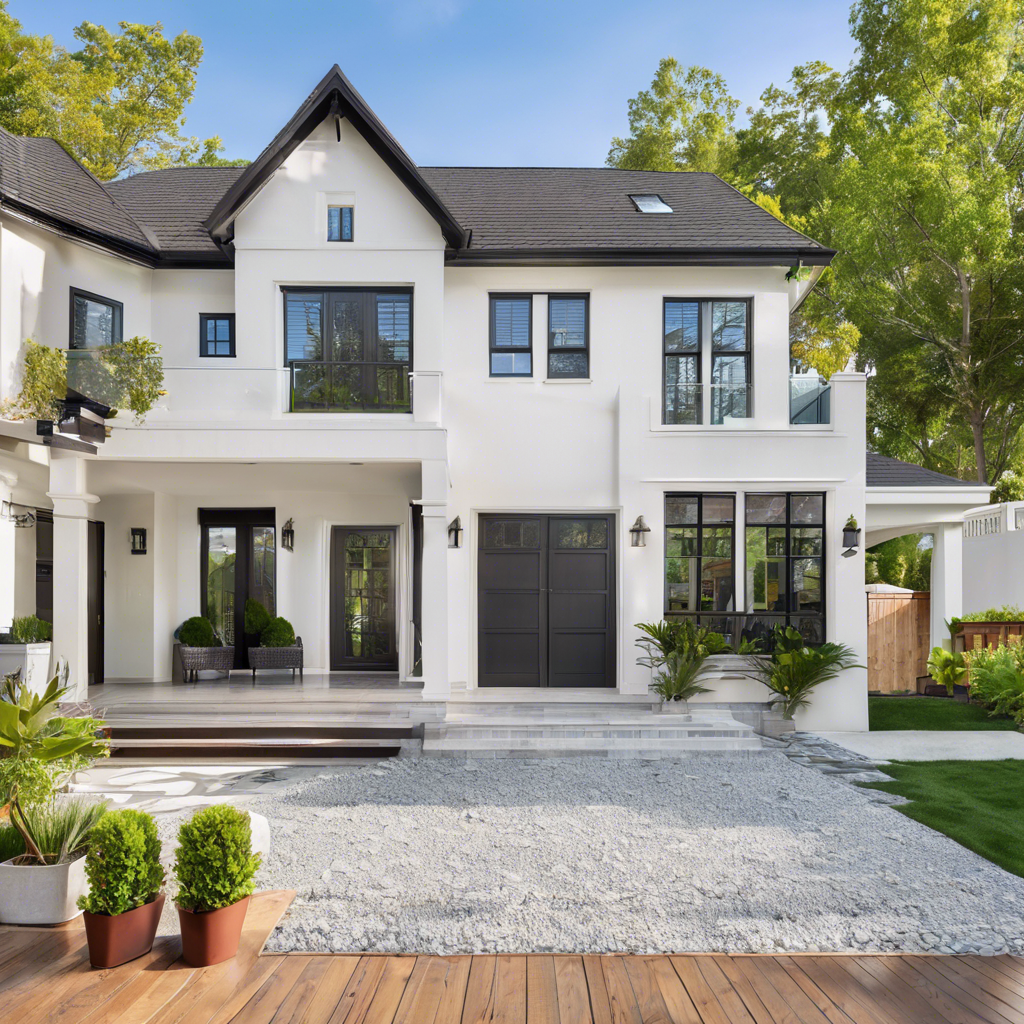Selling a home can be a challenging process, but proper staging can make all the difference. A well-staged home not only attracts more potential buyers but can also increase the final sale price. When done right, staging highlights a property’s best features and helps buyers visualize themselves living in the space. From decluttering to lighting adjustments, strategic staging techniques can transform an ordinary home into an irresistible listing. Whether selling a small apartment or a spacious family home, these staging tips will help make any property more appealing and speed up the selling process.
One of the most important steps in home staging is decluttering. A cluttered space feels smaller, chaotic, and uninviting. Buyers want to see a clean, organized environment where they can imagine their own belongings. Remove excess furniture, personal items, and anything that makes the space feel cramped. Store away non-essential items and only keep minimal, stylish décor. Pay special attention to countertops, bookshelves, and closets—buyers will look inside them. A tidy, spacious home appears more inviting and valuable to buyers.
A fresh coat of paint is one of the easiest and most cost-effective ways to transform a space. Neutral colors, such as soft grays, warm beiges, or crisp whites, create a blank canvas that appeals to a wider audience. While bold colors may suit personal tastes, they can be off-putting to buyers who prefer a more neutral environment. Freshly painted walls give a clean, updated look and can make a home feel newer. Additionally, painting over scuff marks and outdated colors enhances the overall appeal of the home.
Maximizing natural light is another crucial aspect of staging. Bright, airy spaces feel larger and more welcoming. Open curtains and blinds to let in as much sunlight as possible. Clean windows thoroughly to ensure they sparkle and reflect light effectively. If a room lacks natural light, use strategically placed lamps and warm-toned LED bulbs to create a cozy ambiance. Avoid harsh, overly bright lighting, as it can make the space feel sterile. Proper lighting enhances the mood of a home and creates a positive impression on potential buyers.
Furniture arrangement plays a key role in making a space feel functional and inviting. Overcrowding a room with large or mismatched furniture can make it seem smaller and cluttered. Instead, focus on arranging furniture in a way that maximizes space and flow. In the living room, for example, position seating around a focal point, such as a fireplace or a large window. In the bedroom, ensure there’s a clear walking path around the bed. In dining areas, use appropriately sized tables to avoid overwhelming the space. Thoughtful furniture placement makes a home feel open, balanced, and easy to navigate.
Curb appeal is just as important as the interior when it comes to attracting buyers. The exterior of a home is the first thing potential buyers see, so it needs to make a strong first impression. Start by maintaining the lawn, trimming bushes, and adding fresh mulch to garden beds. A freshly painted front door, updated house numbers, and a new welcome mat can enhance the entrance’s appeal. Adding potted plants or seasonal flowers by the entryway creates an inviting atmosphere. A well-maintained exterior signals that the home is well cared for, which reassures buyers before they even step inside.
Kitchens and bathrooms are two of the most important areas buyers focus on when evaluating a home. Simple updates, such as replacing outdated cabinet hardware, re-caulking around sinks and bathtubs, and deep cleaning grout, can make a huge difference. Staging the kitchen with fresh fruit, stylish dishware, and a clean coffee station adds warmth and personality. In bathrooms, neatly folded towels, scented candles, and decorative soap dispensers create a spa-like feel. These small touches make these spaces more appealing and memorable to buyers.
Depersonalizing a home is essential for effective staging. While personal photos, bold artwork, and unique decorations may reflect a homeowner’s style, they can be distracting to buyers. The goal is to create a space that allows buyers to envision their own life there. Replace family portraits with neutral wall art and remove personal memorabilia. Keep décor minimal but stylish to create a universally appealing atmosphere. A neutral, depersonalized home feels move-in ready and allows buyers to mentally place themselves in the space.
The finishing touches can make a significant impact on a staged home. Soft textures, such as plush throw pillows, cozy blankets, and stylish rugs, add warmth and comfort. Fresh flowers, scented candles, and subtle air fresheners help create an inviting atmosphere. Background elements, such as soft instrumental music or a freshly baked cookie aroma, can leave a lasting impression. Every detail matters in making a home feel welcoming and desirable.
With these home staging strategies, sellers can enhance their property’s appeal, attract more buyers, and potentially secure a faster sale at a higher price. Staging is not just about aesthetics—it’s about creating an experience that resonates with buyers. A well-staged home stands out in a competitive market and increases the likelihood of a successful sale.

